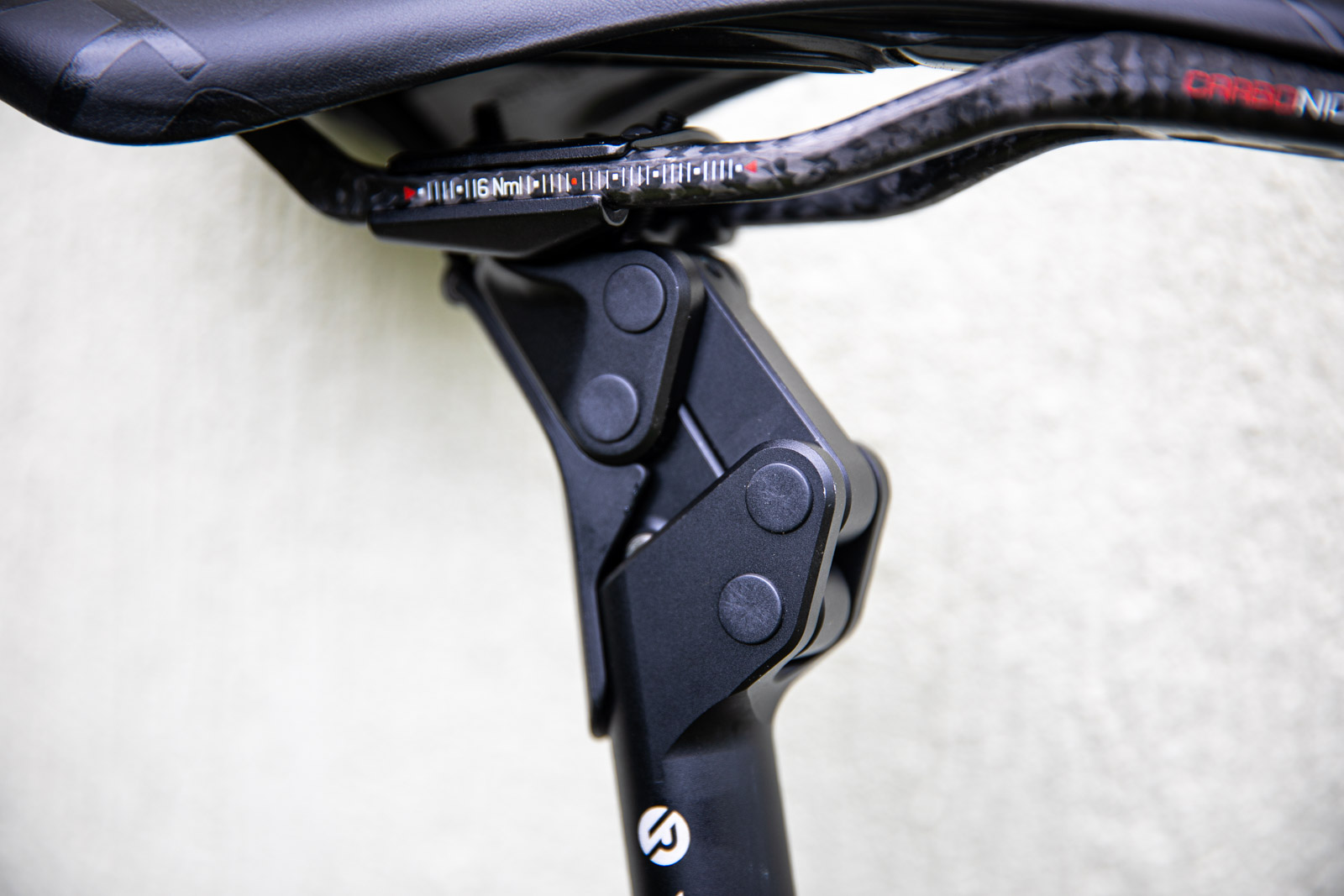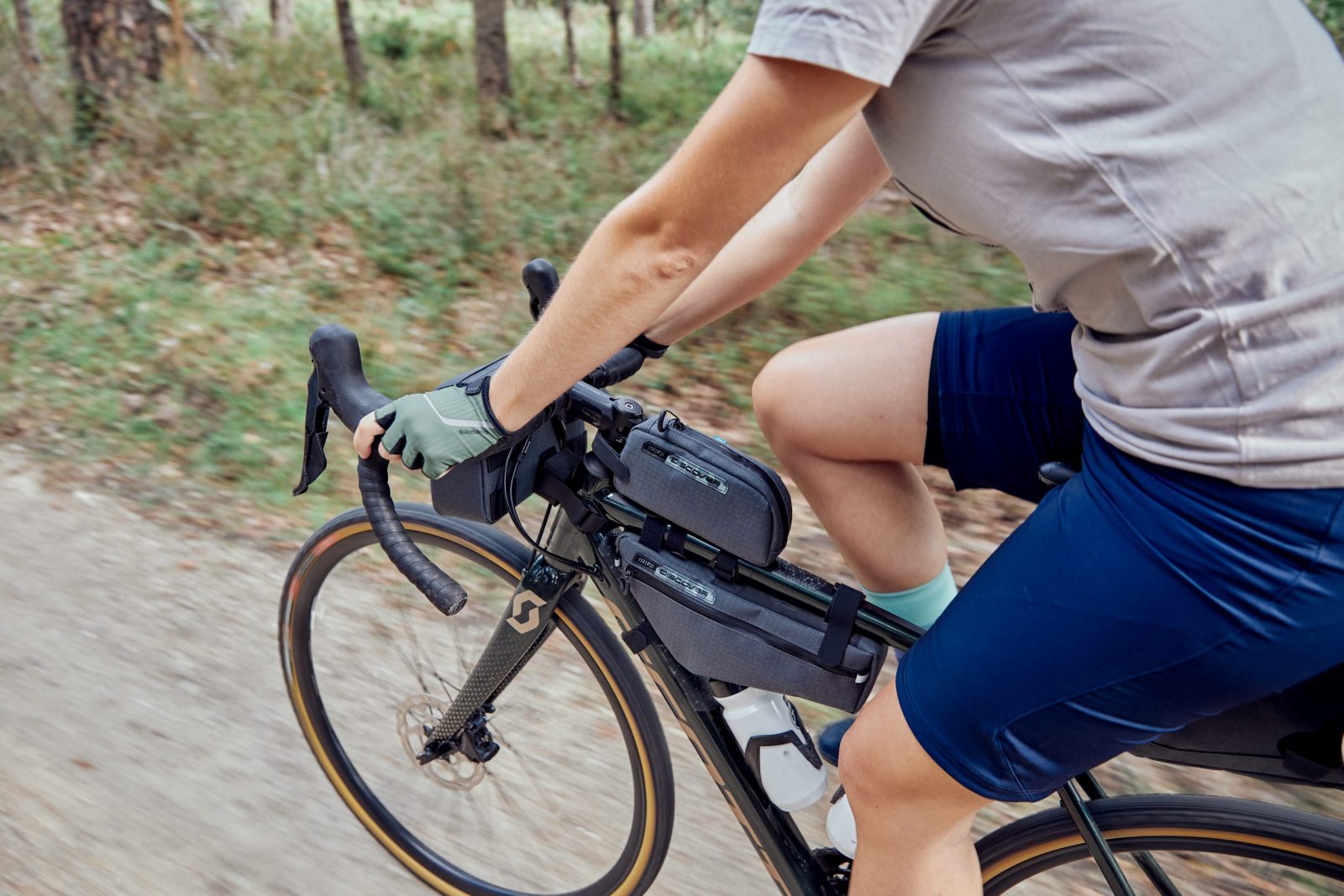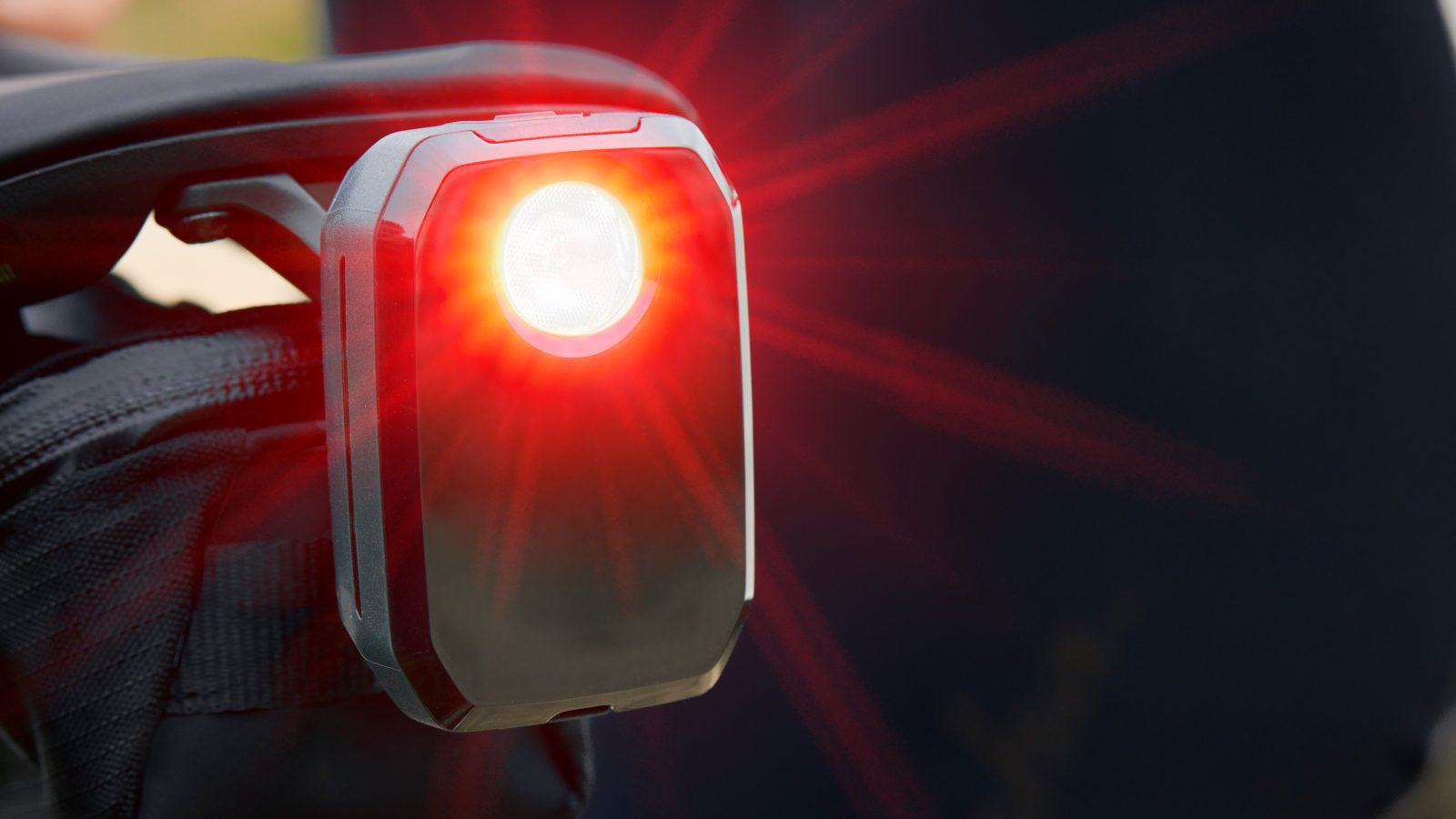When I set eyes upon the Redshift ShockStop Seatpost and Stem it brought back memories of the first 26in mountain bike I ever owned. It was blue, it had a front shock, some pretty wiz-bang bar ends and a suspension seatpost.
Words and photography: Colin Levitch
I’ll admit when the Redshift Suspension ShockStop Seatpost and Stem came across my desk for review; it brought back memories of my 9 year-old self and underwhelming suspension components of the 90s.
In this case, I will happily eat crow; technology has come a long way since the days of Fresh Prince and Walker Texas Ranger, and Redshift’s Suspension components work as advertised and do it well.
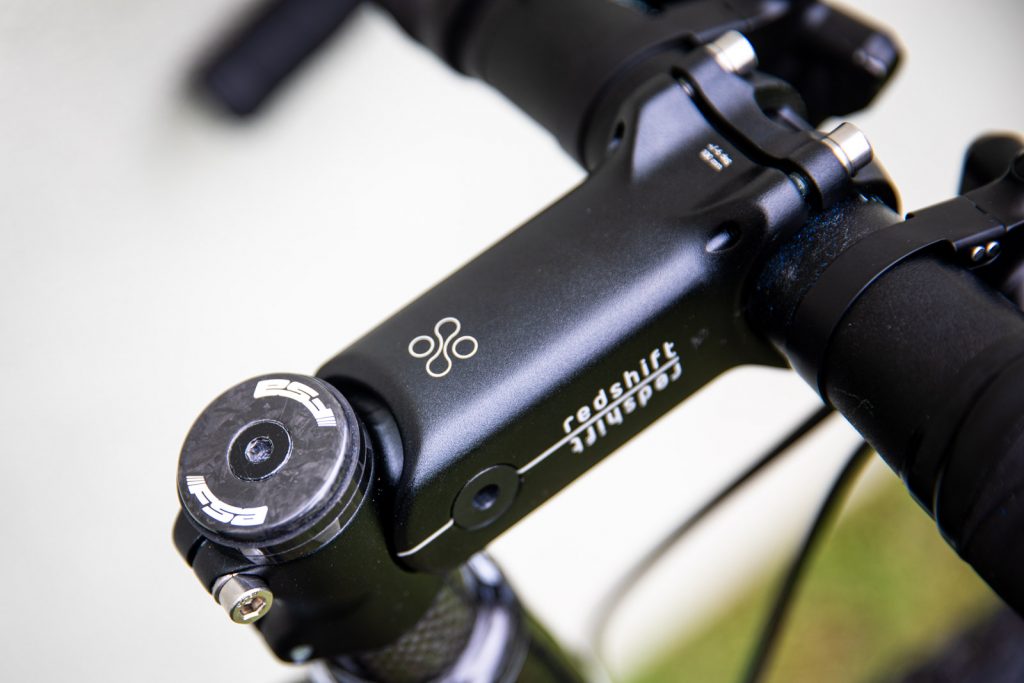
ShockStop Stem
I can already hear some of the audible eye rolls coming from the drop bar purists, but hear me out.
The RedShift ShockStop Stem came to be as a Kickstarter back in 2015 and is what amounts to a pivoting stem. The 1 1/8in steerer clamp is attached to the forged aluminium stem which floats on two cartridge bearings and two elastomers inside which are customisable according to your weight — five come in the box allowing for 15 total combinations.
The stem offers 20mm of travel on a drop-bar bike or 10mm on a flat bar, and it’s available in 90-120mm lengths with a +/- 6-degree drop or a 100mm +/- 30-degree. The stem comes with two elastomers pre-installed, and even a remarkably hamfisted mechanic like me can chop and change them with no issues.
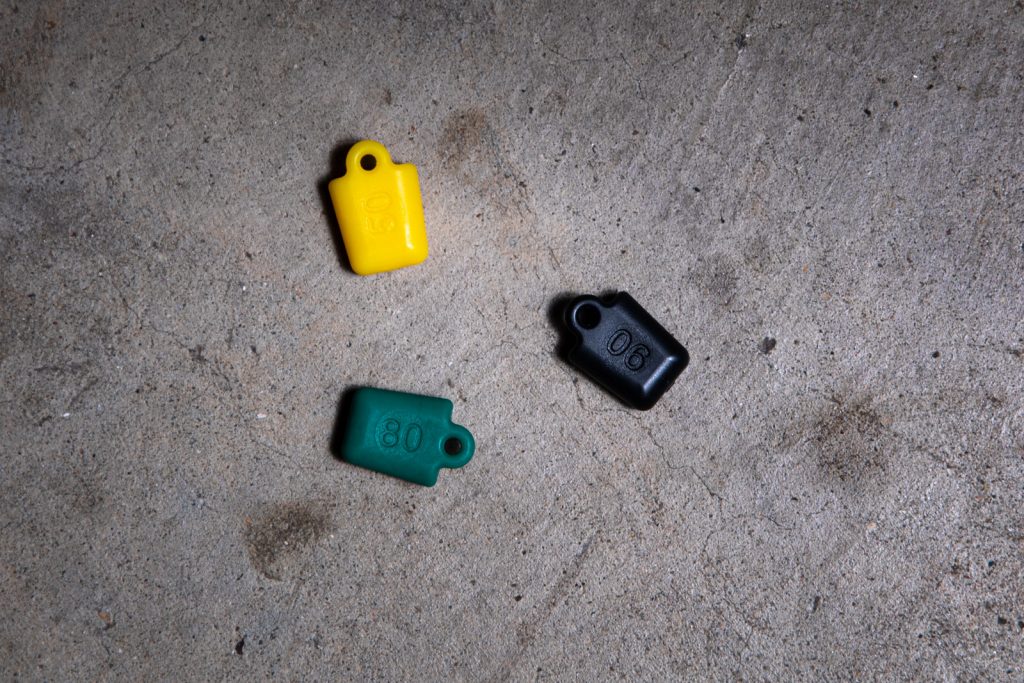
Initially, I installed the elastomers that are recommended for my weight, and I found the stem to be a little too plush, opting to step up a weight class. But my short time with the overly comfort focused setup proved how well the stem dulls square edges and gobbles up high-frequency buzz. It did also demonstrate, like with a suspension fork, that correct setup can make all the difference. With the elastomers for my weight, I found that there was noticeable brake dive, which wasn’t much of an issue on the road, but on dirt was clench inducing when the terrain got steep.
With the denser elastomers, the stem was more rigid, and I could only perceive it was moving when blasting through a pothole, or pushing down on it to show someone how it worked.
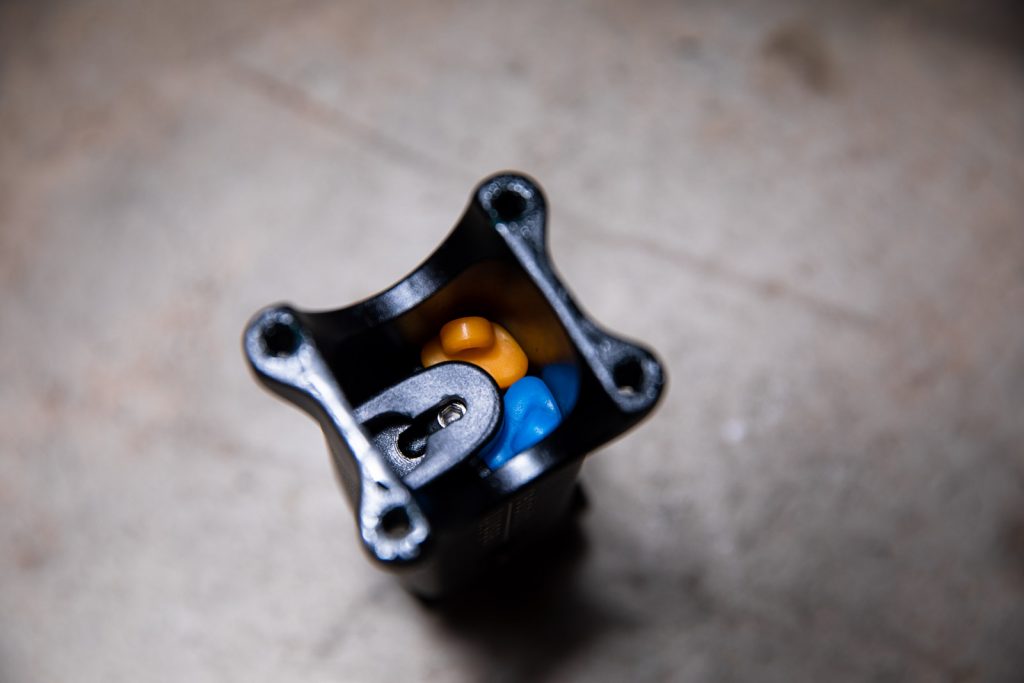
Looking to our knobby tyre, flat bar suspension loving cousins for a moment; suspension is designed to help the wheels move out of the way of bumps and rebound at the right speed, so the tyre tracks the ground like velcro improving traction and comfort. The ShockStop stem does allow this to a point, and it’s mostly on rough gravel and singletrack, with the front wheel being able to move up 20mm without your hands moving, there are noticeable improvements in purchase; I was confident to dive into corners with a bit more speed.
Even with the give in the vertical plane, there is precisely zero lateral flex, nor does it bounce when you’re riding out of the saddle — that is unless you’re trying to make it flex. Once I had the right elastomer combo, the stem completely disappeared from my consciousness on the bike — until I got home after a long gravel ride and my hands and wrists were still fresh.
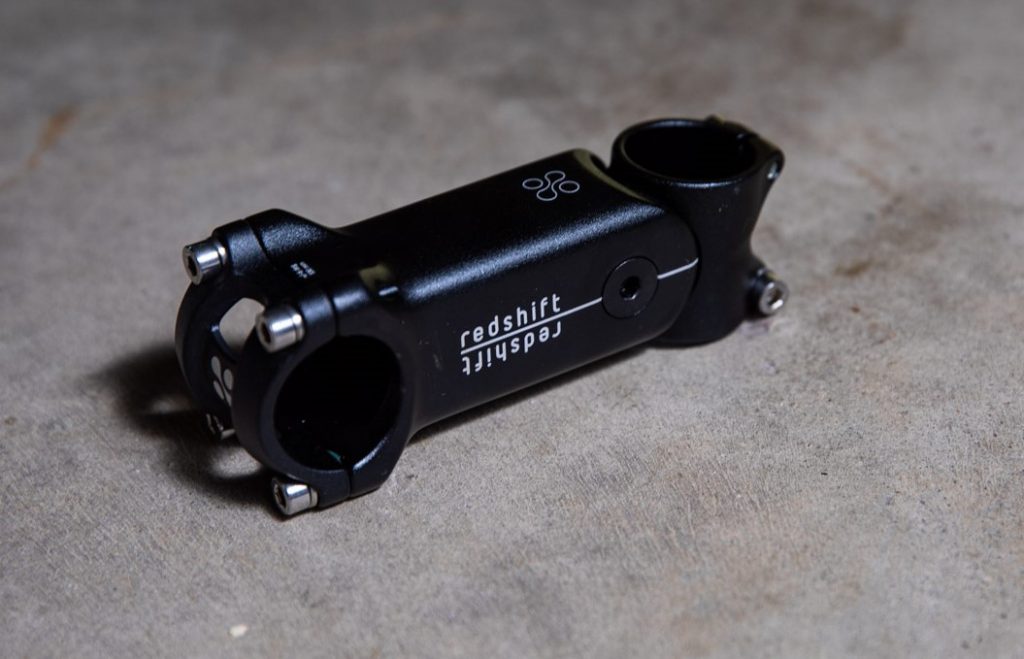
I still need to address the elephant in the room, and that is the aesthetic and the weight. This bucks the current aesthetic trends and tipped the scales at 284g.
Before I’d taken it out of the box, I had already written it off in my head, but I am pleasantly surprised to have been entirely wrong. This stem is not something I would install on every bike, but working in combination with the compliance built into today’s frames, and the right tyre pressure, the freshness I felt post-ride was undeniable.
ShockStop Seatpost
The Redshift seatpost arrived in the same box as the stem, and I’m happy to report I’ll be eating a double portion of crow here today because like the stem, the seatpost genuinely impressed me.
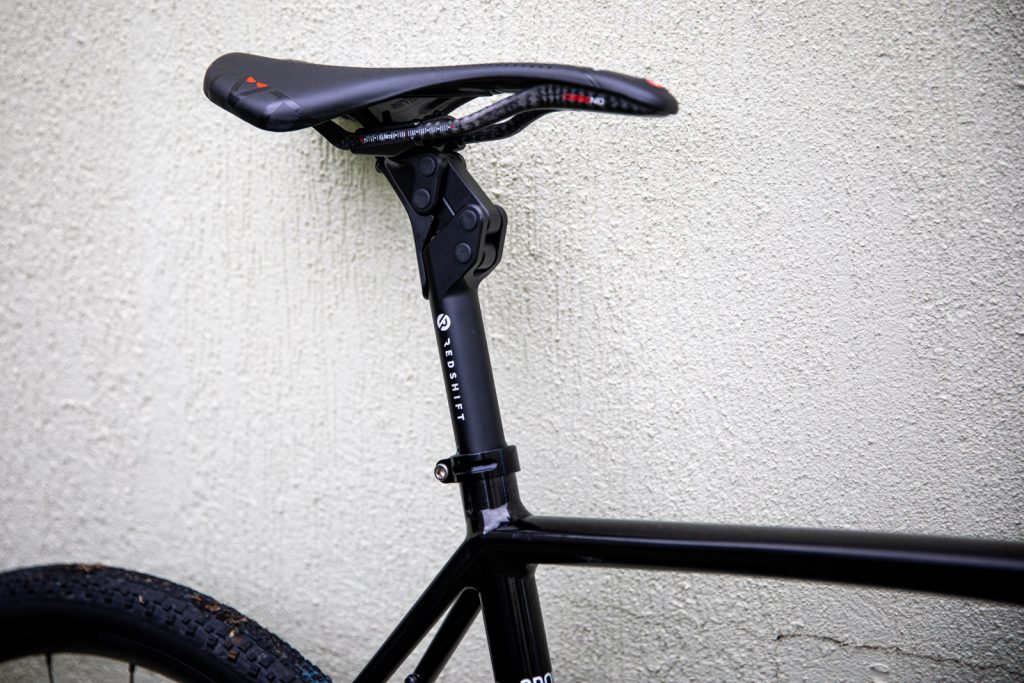
Using a combination of a linkage at the top of the post and a coil spring hidden inside, the ShockStop Suspension Seatpost offers 35mm of undamped travel. As there are no air seals or stiction to overcome, the movement is smooth and the suspension is linear through its stroke.
Redshift provides exceptionally detailed instructions for adjusting the spring preload and setting the sag — something I never thought I would write when referring to road bikes. Because of the path the saddle travels, Redshift recommends positioning your saddle 5mm forward and 60mm higher than normal to account for the 20-per cent sag.
For my weight, its recommended the preload plug be set at 4, the highest recommended setting without the second spring. Establishing the sag is measured when the head of the silver pivot shaft disappears, it can only be viewed side-on so you’ll need a second set of eyes or to set up a camera to dial in your settings. It’s all hidden behind a magnetic fender to keep gunk and grit out.
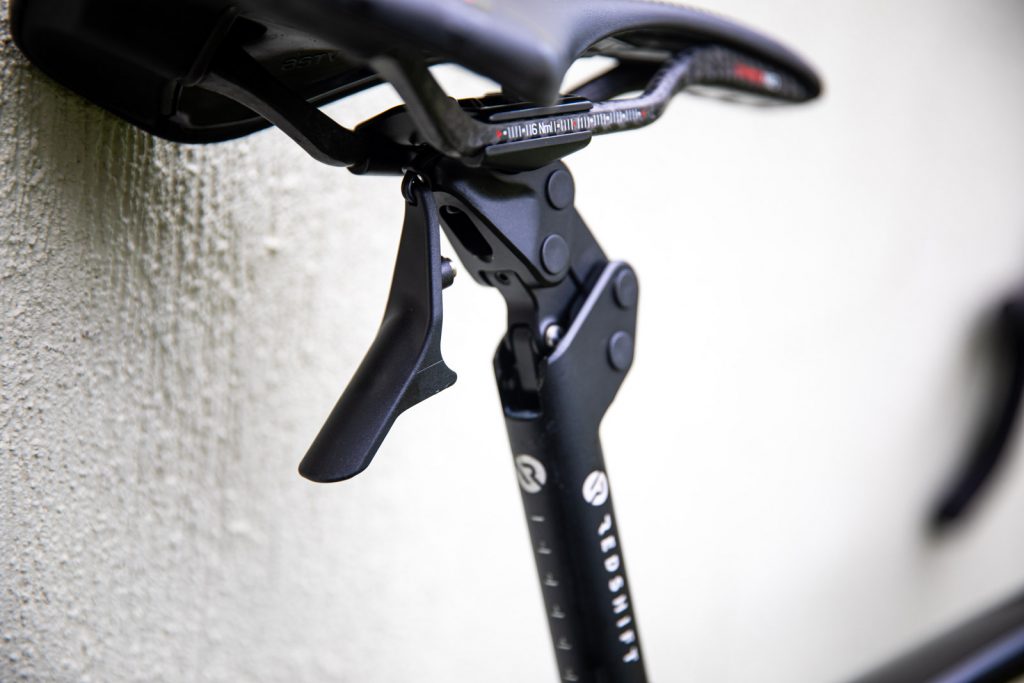
As with the stem, this setting was too plush for my taste, it did a fantastic job of making rough roads and single track velvety smooth, but was a little too active during pedalling.
Now to try the second included spring, a process that’s as simple as unscrewing the plug, removing a spacer and endcap, dropping in the spring, and then putting everything back. I settled on a new preload of a little bit under 2. Here the rear wheel was in my consciousness and I could feel what was going on beneath me, but the linkage was still active and absorbing some vibration and more significant impacts.

I installed the saddle high to account for the built-in sag, but on standing the saddle actually rises slightly. This made things a bit interesting when descending rough fire road or singletrack because when you’re in the attack position, your seat is actually higher than when you left it making it challenging to move the bike underneath your body. Also when used in combination with the suspension stem, the stem rolls your bars forward, and the saddle travels backward, and if you’re in an awkward position, it can feel like your touchpoints are falling away from you in opposite directions.

The other downside is the overall weight, 544g is the same weight class as a dropper post. Comparing to suspension seatposts like the S-Works CG-R carbon post, or Cane Creek eeSlik, the Redshift is porky; however, the ShockStop post offers considerably more adjustability than the others.
Like the ShockStop Stem, the seatpost is not something I would put on every bike, though with it’s 27.2mm diameter it can be shimmed to fit any frame that takes a round seatpost. Being able to adjust the spring preload — and even change it through the course of a ride if you’d like makes this post unique and for long-range gravel epics, it’s definitely something I would add to my stable.
RedShift ShockStop Stem
Weight: 284g
Sizes: 90-120mm +/- 6-degree drop or 100mm +/- 30-degree
Effective Travel: 20mm drop bar, 10mm flat bar
Price: $282
Redshift Shockstop Seatpost
Weight: 544g
Size: 27.2mm x 350mm length
Effective Travel: 35mm
Price: $430
Available in Australia via Leadout Sports
More information at redshiftsports.com
